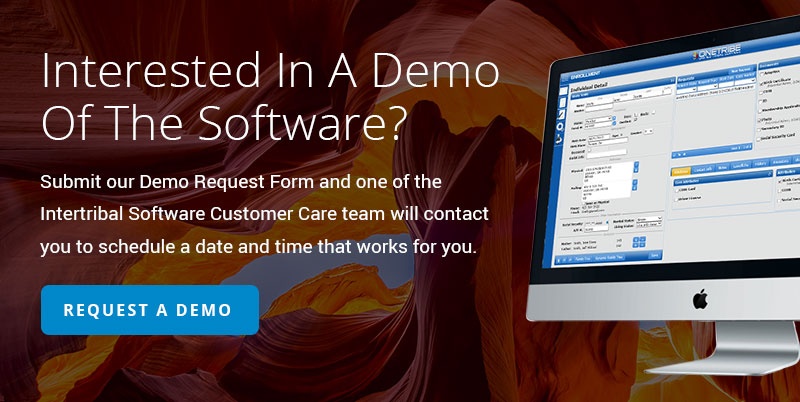
Organizational changes are always controversial. Anytime you ask your staff to learn new software or adopt a new process, you are going to face resistance. Simply put, change is disruptive and the old “if it’s not broke, why fix it?” mentality will quickly rise to the surface.
If you are currently migrating or thinking about migrating, to a new tribal member management platform, these 3 tips will help you address internal resistance:
1. Let Them See The Big Picture
When staff members can’t see or don’t understand the big picture, the tendency is to push back. As a leader, you can combat this by providing clear, consistent, and articulate messaging about your long-term goals. Help your staff members understand how their adoption of new technology is beneficial to your mission and overall success.
Without understanding the ultimate goals of your organization, staff will naturally begin to question the need for change. Rather than seeing how the new tribal government software will help you better serve your members, they may see it as a simple cost-cutting measure. But tribal leaders can help to ease these concerns by allowing everyone to understand the benefits of adopting the new software and placing these benefits.
2. Provide Consistent and Clear Communication
Staff members feel at ease when they know what to expect. Leadership can help ease any tension by providing clear and consistent communication along the way. Let your staff know what is happening, how it will affect them, and where they can go to with questions and concerns.
You can also use different channels for different purposes. For example, email can be a good channel for periodic status updates or providing new information. But town halls or departmental meetings are better for open discussion.
It is also important to recognize who has influence in your organization and supply them with the proper knowledge and messaging. For example, department heads may be better equipped to handle the concerns of their own staff than tribal leaders who are removed from the day-to-day.
3. Address Resistance Head-On
No matter how clearly you communicate, no matter how justified the change is, there will undoubtedly be some resistance throughout the organization. But rather than ignoring it and plowing ahead with your migration, address the resistance head-on.
Remember that to be understood, you must first understand. Give dissenting staff members a chance to speak their minds before you remind them how important this transition is and make them aware of the consequences should they continue to resist.
Your staff members are important to your organization, but so is the future of your tribe. You can’t afford to lose the service benefits that a new platform will provide due to a handful of naysayers.
Update Your Legacy Platform with Minimal Friction
People will always have a natural resistance to change; especially when it concerns their job. It’s important for leadership to recognize that and be as transparent as possible during a major transition like updating old legacy systems. The tips outlined above will be useful in assuaging concerns and creating a smooth transition.
Sign Up For Our Newsletter
Recent Posts
- Innovations in Housing: Revolutionizing Tribal Housing with Digital Tools for Management
- Empowering Tribal ICW Departments: Achieve ICWA Compliance and Certification Success with OneTribe® Software
- OneTribe CCA - Your Child Care Data Tracker Replacement Solution
- Transform Your Tribal Member Services With Integrated Software Solutions
- Intertribal Software Raises Strategic Investment
Categories
- OneTribe Software
- digital transformation
- tribal government software
- Laserfiche ECM
- Intertribal Software Consultants
- Childcare Assistance
- Housing Management
- Intertribal Software
- tribal member management
- AFCARS Data Collection
- Child Care Data Tracker
- Child Welfare
- Housing
- ICWA
- ICWA Compliance
- Indian Child Welfare Act
- OneTribe Platform
- Title IV-E Certification
- Tribal Data Tracker
- Tribal Family Services
- Tribal Housing
- Tribal ICWA Software















